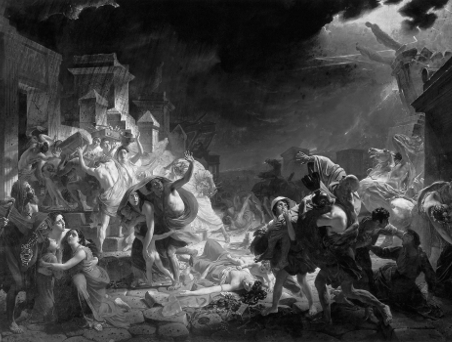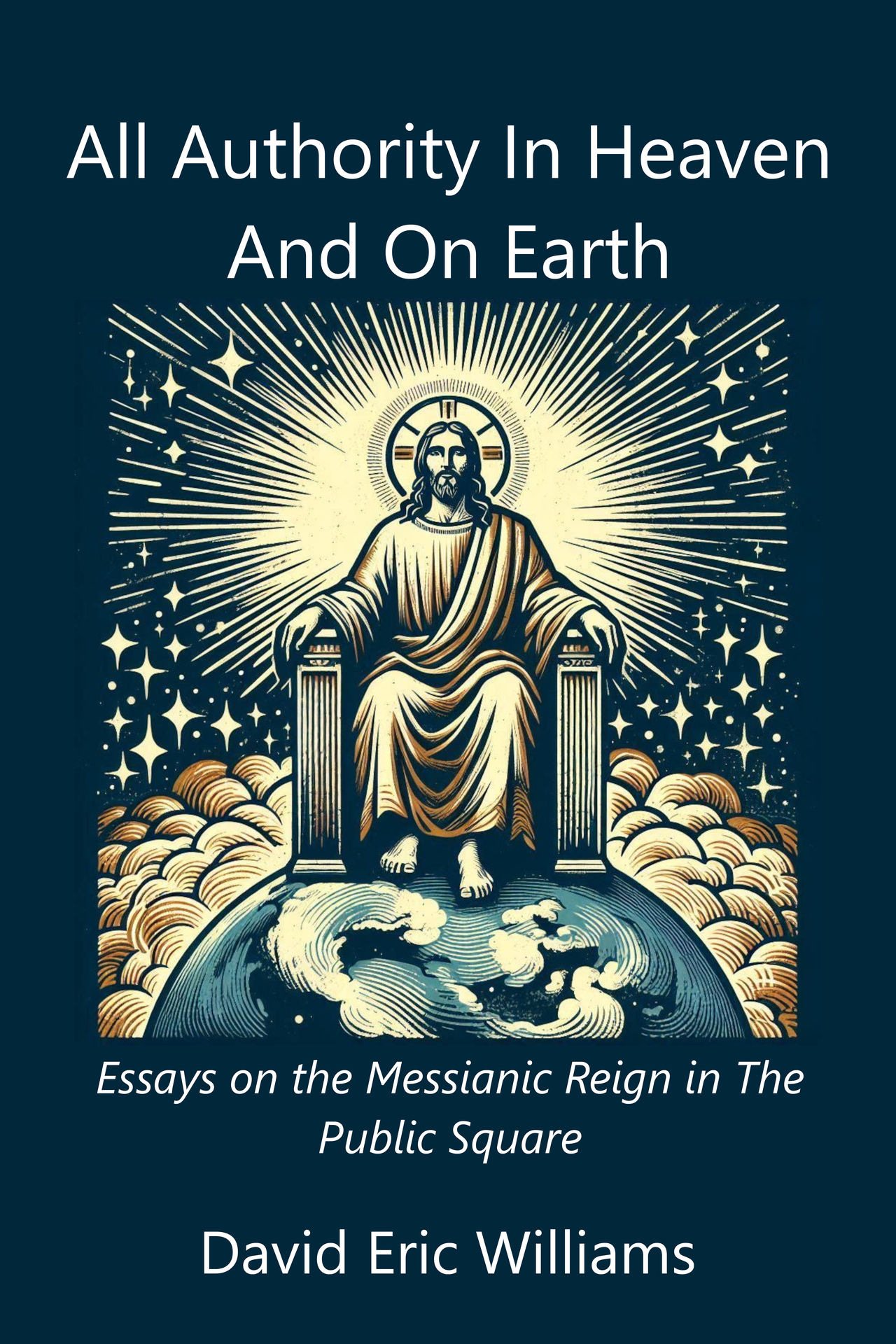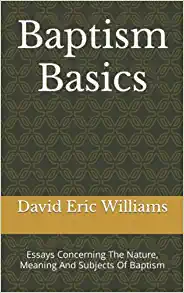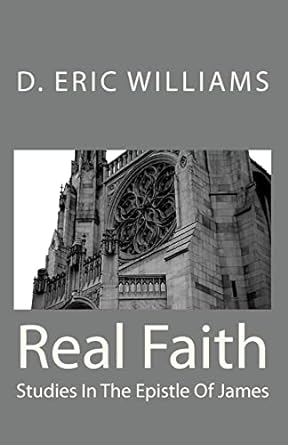The Last Days Part 6
© 11.14.16 By David Eric Williams
 A couple weeks ago we came to the conclusion that we cannot attribute error to the writers of the New Testament. Nor may we ascribe a disregard for accepted (historically, culturally and biblically provided) rules of communication to the writers of the New Testament. Thus we are left with this question: what did the writers mean when they said the end was at hand?
A couple weeks ago we came to the conclusion that we cannot attribute error to the writers of the New Testament. Nor may we ascribe a disregard for accepted (historically, culturally and biblically provided) rules of communication to the writers of the New Testament. Thus we are left with this question: what did the writers mean when they said the end was at hand?
To begin with it should be clear to anyone who has read the New Testament that "Jesus and his disciples were conscious of standing at the threshold of a new age - a new age which was about to be ushered in, or had been ushered in" by the death and resurrection of Jesus [J. Gresham Machen, God Transcendent, ed. Ned Bernard Stonehouse, (1949; Edinburgh: The Banner Of Truth Trust, 1982), 54]. Indeed, the beginning of this new age signaled the end of an old age. As the Apostle Paul put it, whatever is becoming obsolete and growing old is ready to disappear. (F)or the form of this world is passing away (Hebrews 8:13, 1 Corinthians 7:31). The "old" which was passing away was the old covenant age. The end that was upon the first century Church was the end of the old covenant age.
We have seen in our examination of selected Old Testament end time passages, that such language was used to refer to the overthrow of the existing order (the "Church" and the society that had grown up around it). Again, Isaiah prophesied Babylon would be overthrown by the Medes and Persians. Jeremiah wrote of the complete overthrow of Jerusalem by the Babylonians as did Ezekiel and Zephaniah. Obadiah said Edom would meet its fate at the hands of a conquering army - probably Babylon. Amos foretold the destruction of Israel (northern kingdom), by the Assyrians. It is interesting to note that the most powerful language is used to foretell the destruction of Judah and Jerusalem, especially by Ezekiel and Jeremiah. In the years preceding the time that Jerusalem and the temple were razed by the Babylonians, the "City of David" and its temple had become the chief symbol of God’s favor and presence. From the days of Hezekiah, Judah had been in decline. Yet even as the fortunes of the nation tumbled, the Jews held to the belief that as long as the temple remained, the covenant was intact and they remained the people of God (Isaiah 48:1-2, Jeremiah 7:1-8). Nonetheless, God showed them - in a forceful and dramatic fashion - that simply was not the case. In the first place, the existence of the temple did not guarantee they retained God’s favor. Secondly, they came to realize during the years of captivity that God’s favor could be realized even though Jerusalem had been taken and burned and the temple made a ruin. This same point was made hundreds of years later when Jesus came and fulfilled the types of the old covenants. The Jews believed the temple and the continuation of the cultic ritual were proofs of God’s favor. However, Jesus said that something greater than the temple had arrived on the scene (Matthew 12:6), and therefore the type would have to be removed. This removal of the type by the Roman legions and the auxiliary armies of the empire would be the last act of the old covenant age.
We will return to this topic next week.
Entire Site Copyright © 2025 By David Eric Williams










